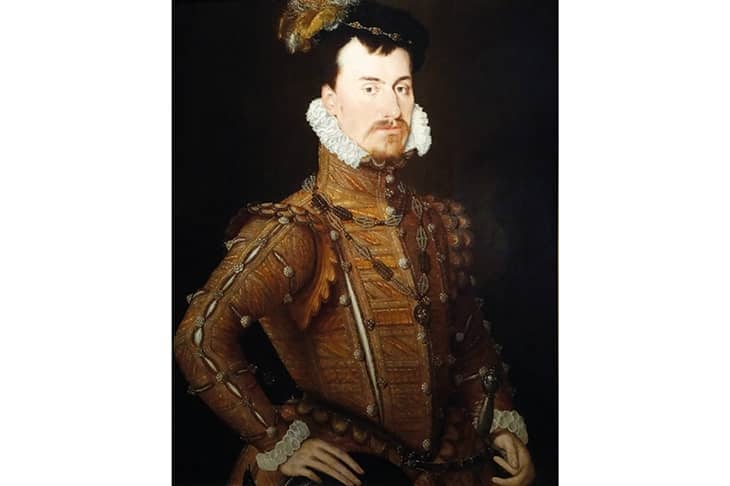This is the gripping story of the ever-fluctuating fortunes of three generations of the Dudley dynasty, servants to — and at times rivals for — the Crown in the 16th century. As Joanne Paul observes in her engrossing biography of an extraordinary family, ‘had fate, Fortuna, Nemesis or God made only the slightest adjustment to their orchestration of events’, the Dudleys, not the Tudors, might have ruled England for generations.
The narrative begins in the 1490s with Edmund Dudley, an Oxford-educated barrister who rose to a position of power, influence and wealth at the early Tudor court, only to be arrested and imprisoned in the Tower within days of Henry VII’s death in 1509. Conspired against by a cabal that included William Warham, Archbishop of Canterbury, and the teenaged Henry VIII, Edmund was convicted of treason and beheaded on Tower Hill.
His son John, a boy of five or six at the time of his father’s execution, was neither bowed nor broken by these events. As an adult, he successfully cultivated the favour of both Henry VIII, who created him Viscount Lisle, and of his successor, the malleable boy king Edward VI, who created him Earl of Warwick and Duke of Northumberland. After seeing off his great rival Edward Seymour, Duke of Somerset, Northumberland effectively ruled England from 1550 until his downfall three years later.
Robert Dudley was suspected of ordering his wife’s death to pave the way for marriage to Elizabeth I
When, in 1553, Edward VI fell mortally ill, Northumberland made an unsuccessful bid to divert the Crown away from Mary Tudor. First, he married off his youngest son, Guildford, to Lady Jane Grey. Then he persuaded — or certainly did not dissuade — the dying king that the 16-year-old Lady Jane Dudley, as she now was, be named his successor.







Comments
Join the debate for just £1 a month
Be part of the conversation with other Spectator readers by getting your first three months for £3.
UNLOCK ACCESS Just £1 a monthAlready a subscriber? Log in